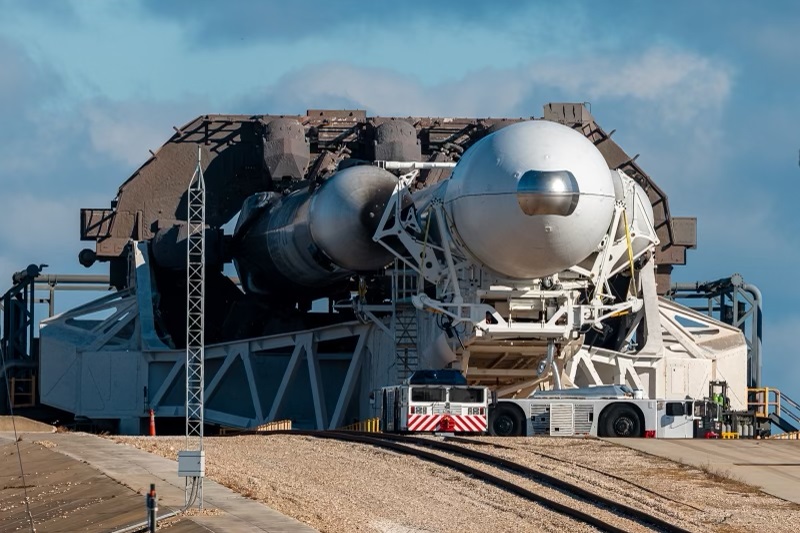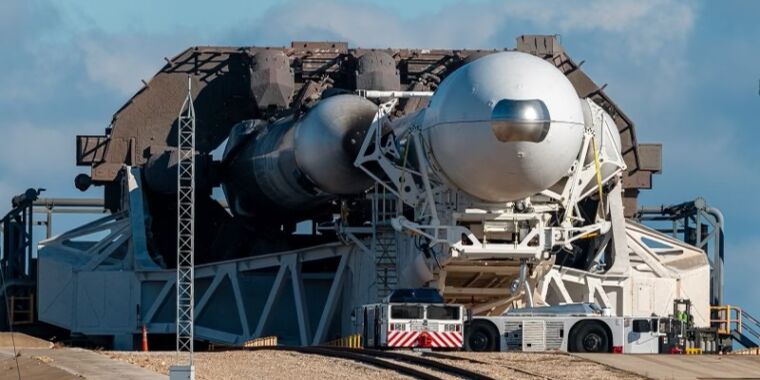
Trevor Mahlman
Nearly five years have passed since the huge Falcon Heavy rocket made its successful debut launch in February 2018. However, since then, SpaceX’s heavy rocket has flown only three times.
Why? Partly that’s because there simply isn’t much demand for a heavy rocket. Another factor is that SpaceX has improved the performance of its Falcon 9 rocket so much that it can complete many of the missions originally manifested on the Falcon Heavy. However, the main reason for the low cadence is the lack of readiness of the payloads for the new missile, particularly from the US Department of Defense.
But now this trickle could turn Falcon Heavy launches into a flood. As early as Saturday, the first of five possible launches of the heavy-lift rocket could take place from Florida this year.
The first is the USSF-67 mission. This will be the second Falcon Heavy mission for the US Space Force and the rocket will carry two payloads into geostationary orbit. The first of the two vehicles on board is called CBAS-2, for Continuous Broadcast Augmenting SATCOM. This is essentially a communications satellite, which the Space Force says will support operations by “extending existing military satellite communications capabilities and continuously broadcasting military data via satellite relay links in space.”
The second payload, dubbed Long Duration Propulsive ESPA-3A, is actually a spacecraft “bus”. It will house five different smaller payloads and provide power and propulsion before dropping these vehicles into different orbits. Among these five payloads is a prototype “crypto/interface encryption” satellite that will provide secure space-to-ground communications capabilities.
“This is a complex mission and really represents what Assured Access to Space is about and why we are‘“We are so excited about this upcoming launch,” Major General Stephen Purdy, program executive officer for Assured Access to Space, said in a press release.
SpaceX completed a hot fire test of the rocket on Tuesday and declared the vehicle ready for liftoff. The rocket will use a brand new core stage and side-mounted boosters once flown into space as side-mounted boosters on the USSF-44 Falcon Heavy mission launched November 1, 2022. SpaceX will again attempt to recover these side boosters, in the land landing zones, for a future mission. The central core is expanded.
Launch is scheduled for 5:55 p.m. ET (22:55 UTC) from Launch Complex 39A at the Kennedy Space Center. The weather conditions are favorable for the launch attempt.
The timing for this launch is remarkable, as the launch window opens just 10 minutes after sunset. This is the first time the Falcon Heavy rocket has launched at dusk, and it should be visible hundreds of miles along the Florida coast. Trevor Mahlmann will be on hand for Ars to provide unique footage of this large launch vehicle.
Future Falcon Heavy missions this year include a commercial mission for satellite communications company ViaSat in March, the Space Force’s USSF-52 mission in April, a commercial mission for EchoStar in May, and the Psyche asteroid mission for NASA in October. All of these dates, as always in the launch business, are subject to change.

